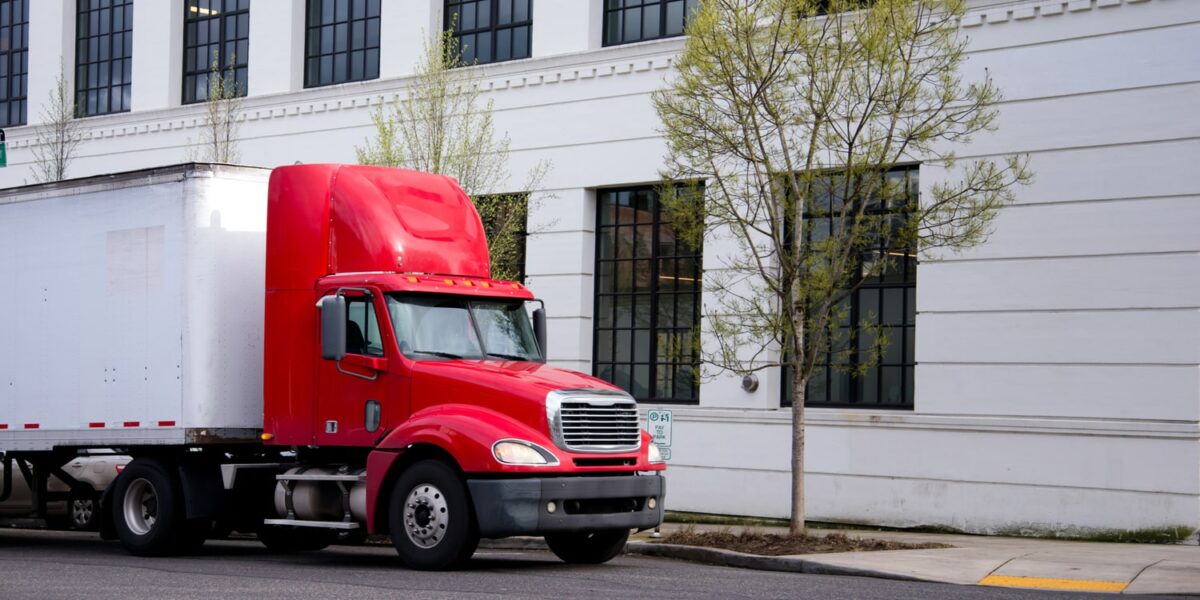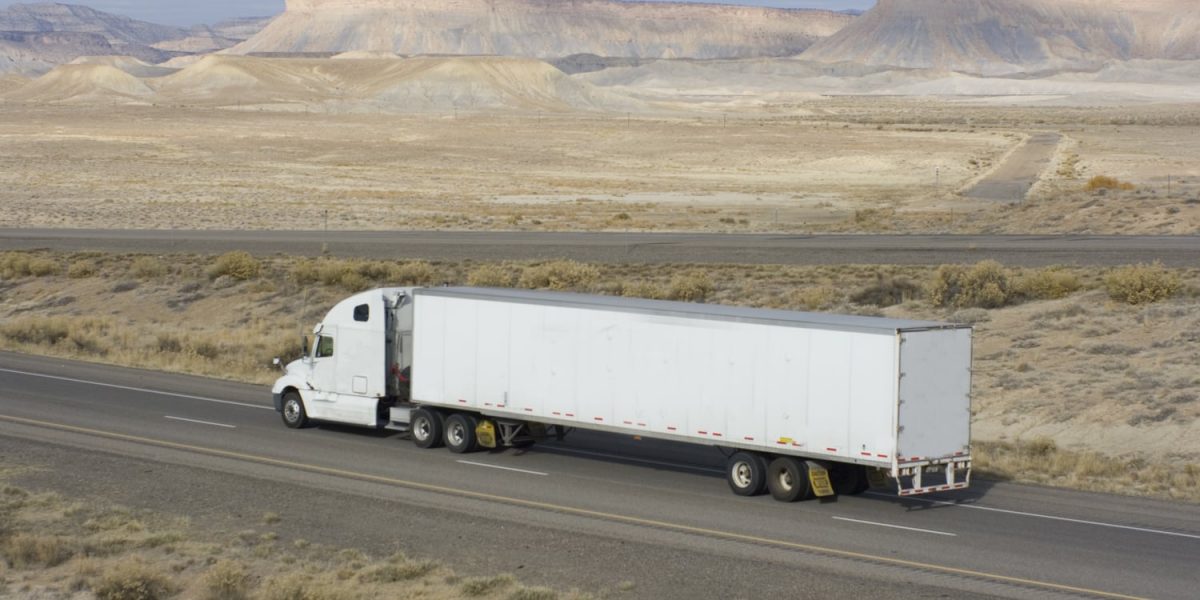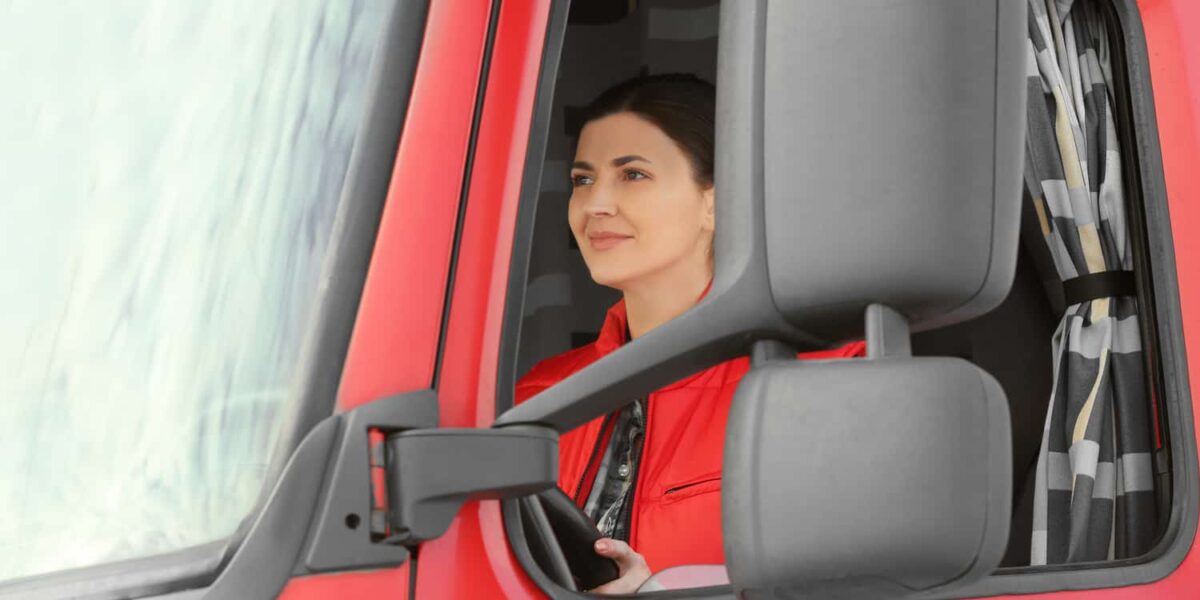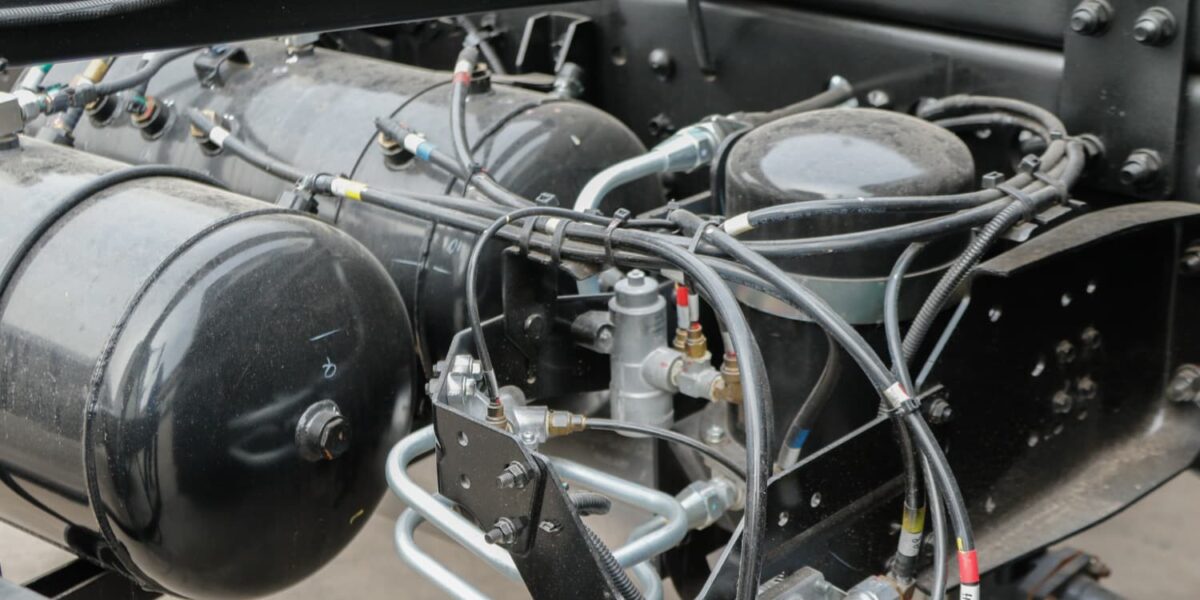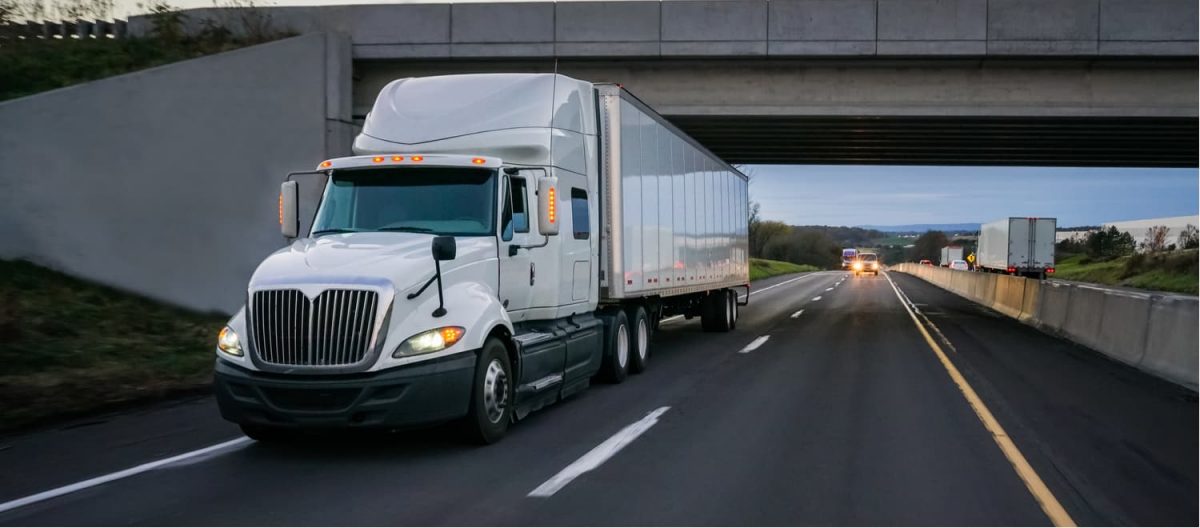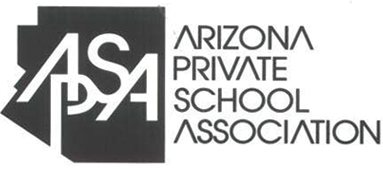A semi-truck is significantly larger than the typical car or truck and operating one requires care and skill. Safe trucking helps protect you, your freight, and everyone else on the road. Our commercial driver’s license (CDL) program will prepare you to hit the road with a strong foundation. From there, it’s up to you to keep safety in mind at all times.
Here are some tips for safe truck driving:
Perform a Thorough Pre-Trip Inspection
Trucking safety starts before you even hit the road. During your pre-trip inspection, you should thoroughly check your vehicle for issues. If there is anything wrong, make a note and get it fixed to avoid a potential breakdown or another safety issue. You must complete this inspection each day before you start driving in order to stay compliant with federal regulations.
Be a Defensive Driver
Defensive driving involves being constantly aware of changing road conditions so you can respond quickly to any potential hazards. You should be scanning the road to see what is going on 15 seconds ahead of you as well as staying alert to the area immediately in front of your truck. As you drive, you should anticipate possible dangers and make decisions to reduce the risk of an accident. Defensive driving also includes maintaining a safe following distance and checking your blind spots regularly.
Maintain a Safe Speed
Speeding is potentially dangerous in any vehicle, but it can be especially hazardous in a tractor-trailer. Because of its weight, a semi-truck takes longer to come to a stop than a passenger vehicle. Going too fast increases your risk of getting into an accident and can also lead to worse injuries and property damage if an accident occurs. Keep in mind that you may need to go slower than the posted speed limit depending on road conditions, weather, and other factors. When in doubt, it’s better to slow down and take a bit more time than to get inpatient and drive dangerously.
Don’t Drive Distracted
Distractions take your attention off the road and reduce your ability to drive defensively. Never text while driving or do anything else that takes your eyes off the road or your hands off the wheel. You may be tempted to try to eat lunch or do other tasks while driving to save time, but it’s not worth the risk.
Stay Calm and Be Patient
Trying to rush anything or getting frustrated can be dangerous when you’re handling such a large vehicle. If you’re starting to feel stressed, it can be helpful to take a few deep breaths and refocus on the task at hand. Remember that it’s better to take a little longer to get something done in order to stay safe.
Truck Driver Training in Tucson
At HDS Truck Driving Institute (HDS truck driving school), we provide high-quality CDL training. Our skilled instructors will help you learn the basics of safe trucking and our job placement assistance team can help you find openings that match your goals and desires.




